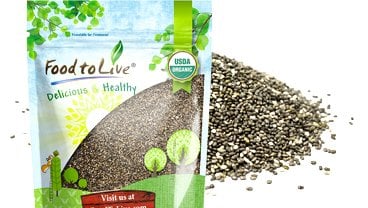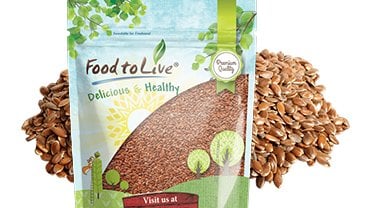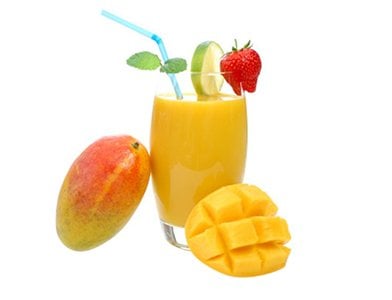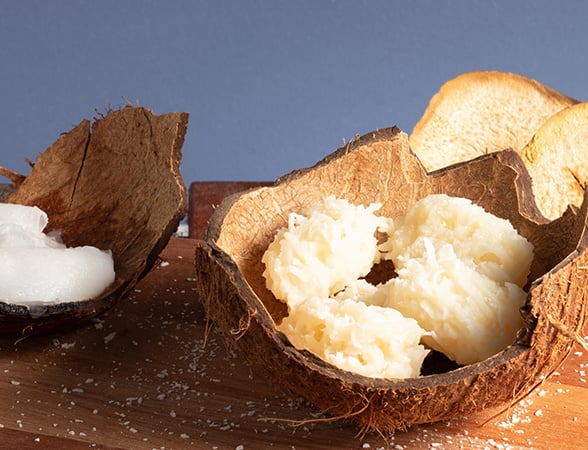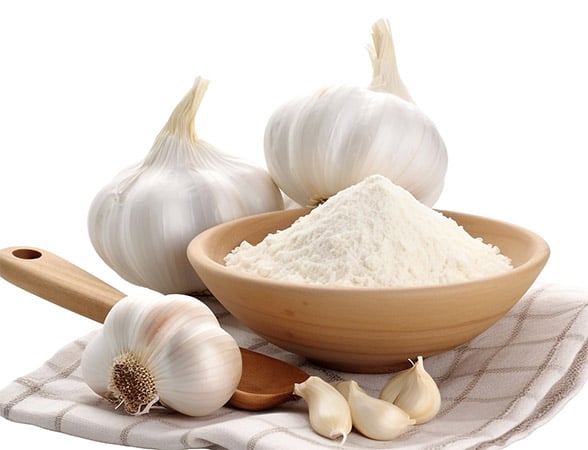October 08, 2023 · Written by Foodtolive Team
How to Incorporate Superfoods into Everyday Meals
*Products mentioned in this blog do not cure or prevent any diseases
In a world where nutrition plays a pivotal role in overall health and well-being, superfoods have emerged as nutritional powerhouses that can elevate your meals to new heights. Packed with essential vitamins, minerals, antioxidants, and other health-promoting compounds, superfoods offer a simple yet effective way to boost your daily diet. In this blog post, we’ll delve into what superfoods are, their numerous benefits, and practical tips on seamlessly integrating them into your meals.
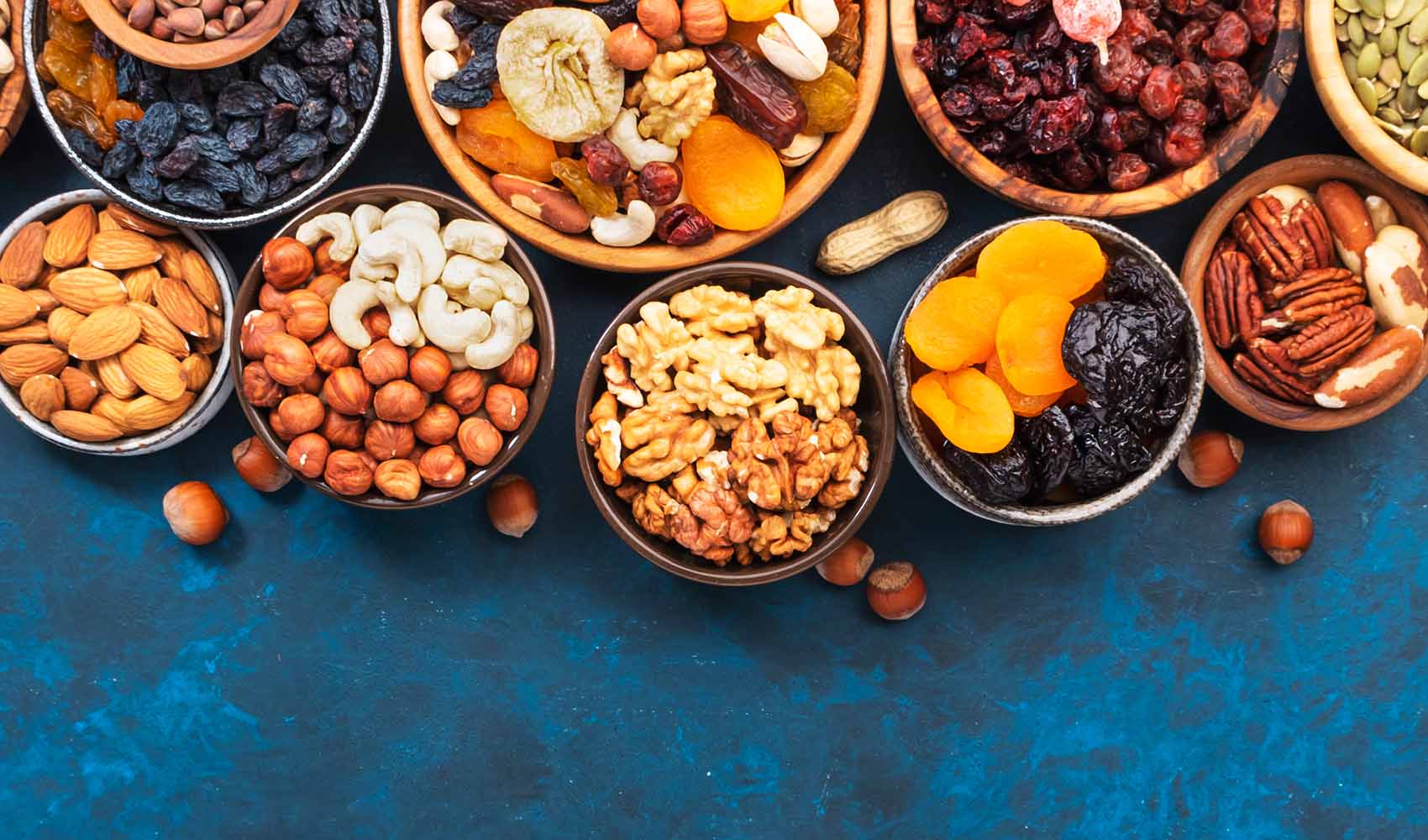
What are Superfoods?
Superfoods are nutrient-dense foods that are particularly rich in vitamins, minerals, antioxidants, and other bioactive compounds that provide a range of health benefits. They have earned their “super” status due to their ability to contribute to overall well-being and potentially lower the risk of chronic diseases.
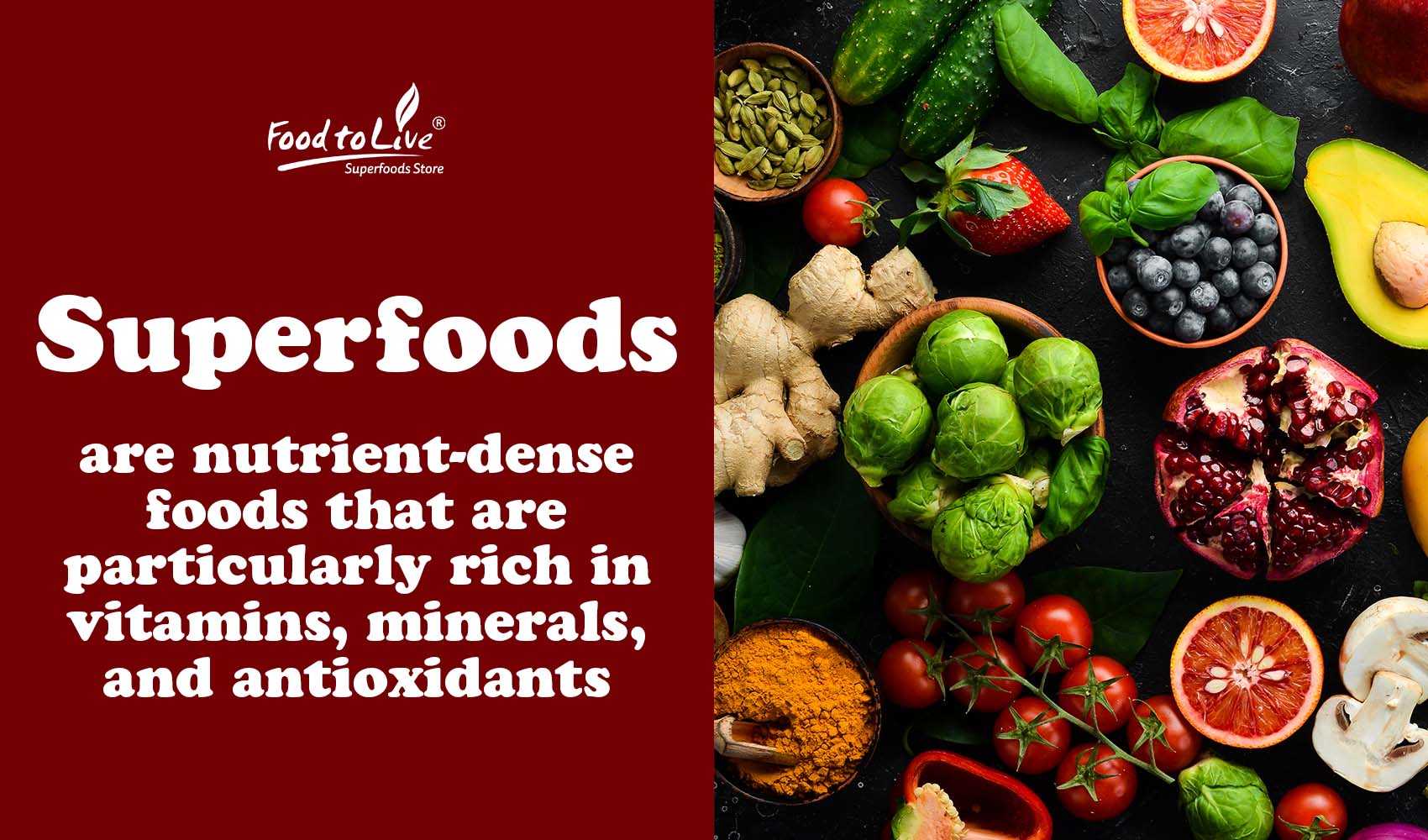 The Benefits of Eating Superfoods
The Benefits of Eating Superfoods
- Nutrient Density: Superfoods are known for their high nutrient density, meaning they provide a significant amount of essential nutrients for relatively few calories. This makes them an excellent choice for those looking to get the most nutritional value out of their diet.
- Antioxidant Power: Many superfoods are rich in antioxidants, which help combat oxidative stress and reduce the risk of chronic diseases such as heart disease and cancer. Antioxidants also play a crucial role in maintaining healthy skin and aging gracefully.
- Heart Health: Several superfoods, like berries, fatty fish (such as salmon), and nuts, have been linked to improved heart health. They can help lower cholesterol levels, reduce inflammation, and support healthy blood pressure, reducing the risk of cardiovascular diseases.
- Weight Management: Superfoods can be valuable for those aiming to manage their weight. They are often low in calories, high in fiber, and can promote feelings of fullness, aiding in weight loss or weight maintenance.
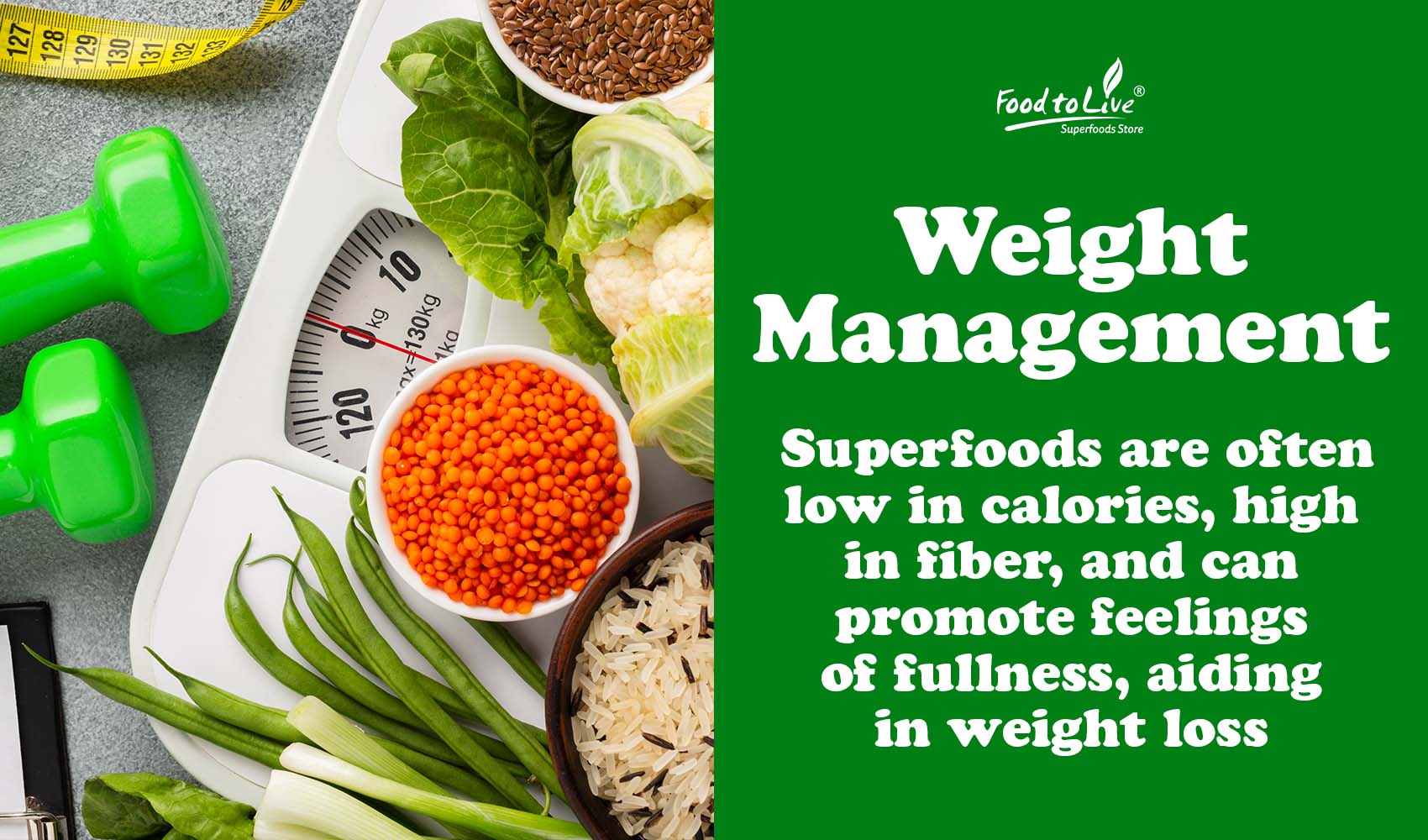
- Cognitive Function: Some superfoods, like blueberries and leafy greens, contain compounds that may enhance cognitive function and protect against age-related cognitive decline. They support brain health and may improve memory and concentration.
- Digestive Health: Foods like yogurt with probiotics, chia seeds, and ginger can contribute to a healthy gut microbiome. A well-balanced gut microbiome is associated with better digestion, improved immunity, and even mood regulation.
- Skin Health: Superfoods like avocados, sweet potatoes, and nuts are rich in vitamins and healthy fats that promote radiant and healthy skin. They can help reduce the signs of aging and improve skin texture.
- Disease Prevention: Consuming a variety of superfoods may reduce the risk of chronic diseases, including diabetes, certain cancers, and neurodegenerative conditions. Their nutritional components can strengthen the immune system and promote overall health.
- Energy Boost: Superfoods provide a natural source of energy without the crashes associated with sugary snacks or caffeine. They provide a sustained release of energy, helping you stay alert and active throughout the day.
- Detoxification: Some superfoods, such as cruciferous vegetables (e.g., broccoli and kale), contain compounds that support the body’s natural detoxification processes, aiding in the removal of harmful toxins.
How to Add Superfoods to Your Diet
Incorporating superfoods into your diet doesn’t have to be complicated. Here are some simple strategies to help you get started:
- Smoothies: Start your day with a nutritious smoothie by blending fruits, greens, and superfoods like chia seeds, hemp seeds, acai powder, spirulina powder.
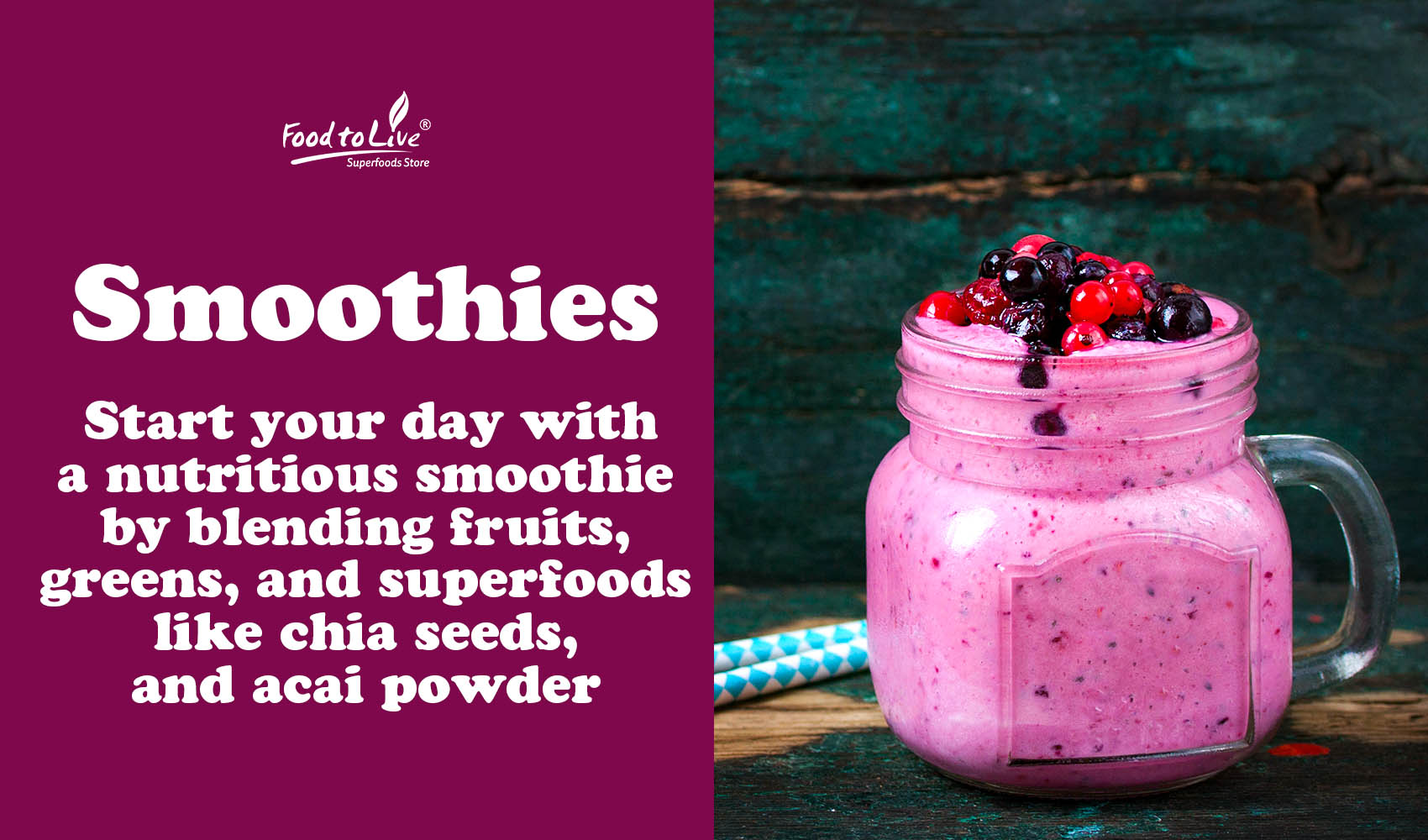
- Salads: Create vibrant salads by incorporating superfoods such as quinoa, almonds, and mixed seeds for added nutrition.
- Oatmeal: Elevate your oatmeal with toppings like blueberries, bananas, chia seeds, flax seeds, and almonds for a satisfying breakfast.
- Yogurt Parfaits: Layer Greek yogurt, mixed berries, honey, coconut flakes, and pumpkin seeds to make delicious and nutrient-packed parfaits.
- Snacking: Enjoy quick and nutritious snacks with superfoods like almonds, walnuts, pumpkin seeds, prunes, mulberries, goji berries.
- Baking: Boost the nutritional value of your baked goods with superfood ingredients like almond flour, cashew flour, quinoa flour, cacao powder, shredded coconut.
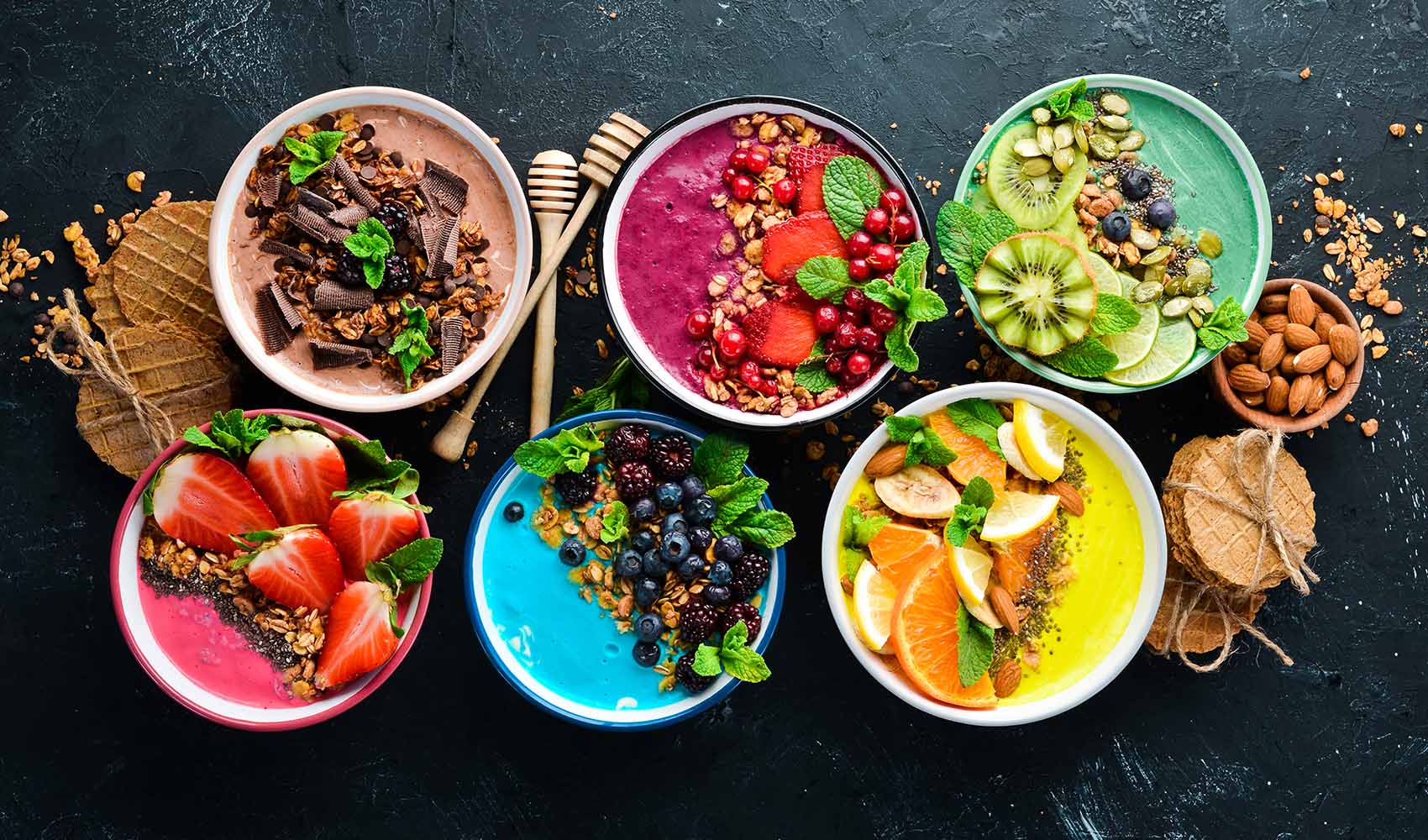 Tips for Making Superfoods Part of Your Daily Routine
Tips for Making Superfoods Part of Your Daily Routine
Making superfoods a habit takes a bit of planning and creativity. Here are some tips to help you seamlessly integrate them into your daily routine:
- Start Small: Begin by adding one or two superfoods to a meal and gradually increase their variety.
- Meal Prep: Wash, chop, and store superfoods in easy-to-grab containers for convenient use throughout the week.
- Experiment: Explore different superfoods to discover which ones you enjoy the most and how they can complement your favorite dishes.
- Combine Flavors: Combine sweet and savory superfoods in creative ways to keep your meals exciting and satisfying.
- Educate Yourself: Learn about the nutritional benefits of various superfoods to motivate yourself to include them in your diet.
Top 10 Superfoods to Get Into Your Diet
- Chia Seeds: These tiny seeds are packed with fiber, omega-3 fatty acids, and protein. They’re perfect for adding a nutritional boost to smoothies, yogurt, or as a pudding base.
- Almonds: A great source of healthy fats, protein, and antioxidants. They make for a satisfying and nutritious snack or can be added to salads and granola.
- Quinoa: A complete protein source with essential amino acids, quinoa is an excellent alternative to rice or pasta and can be used in salads, bowls, or as a side dish.
- Flax seeds: Rich in fiber and heart-healthy omega-3s, flaxseeds are a versatile addition to baked goods, oatmeal, and as an egg substitute in vegan recipes.
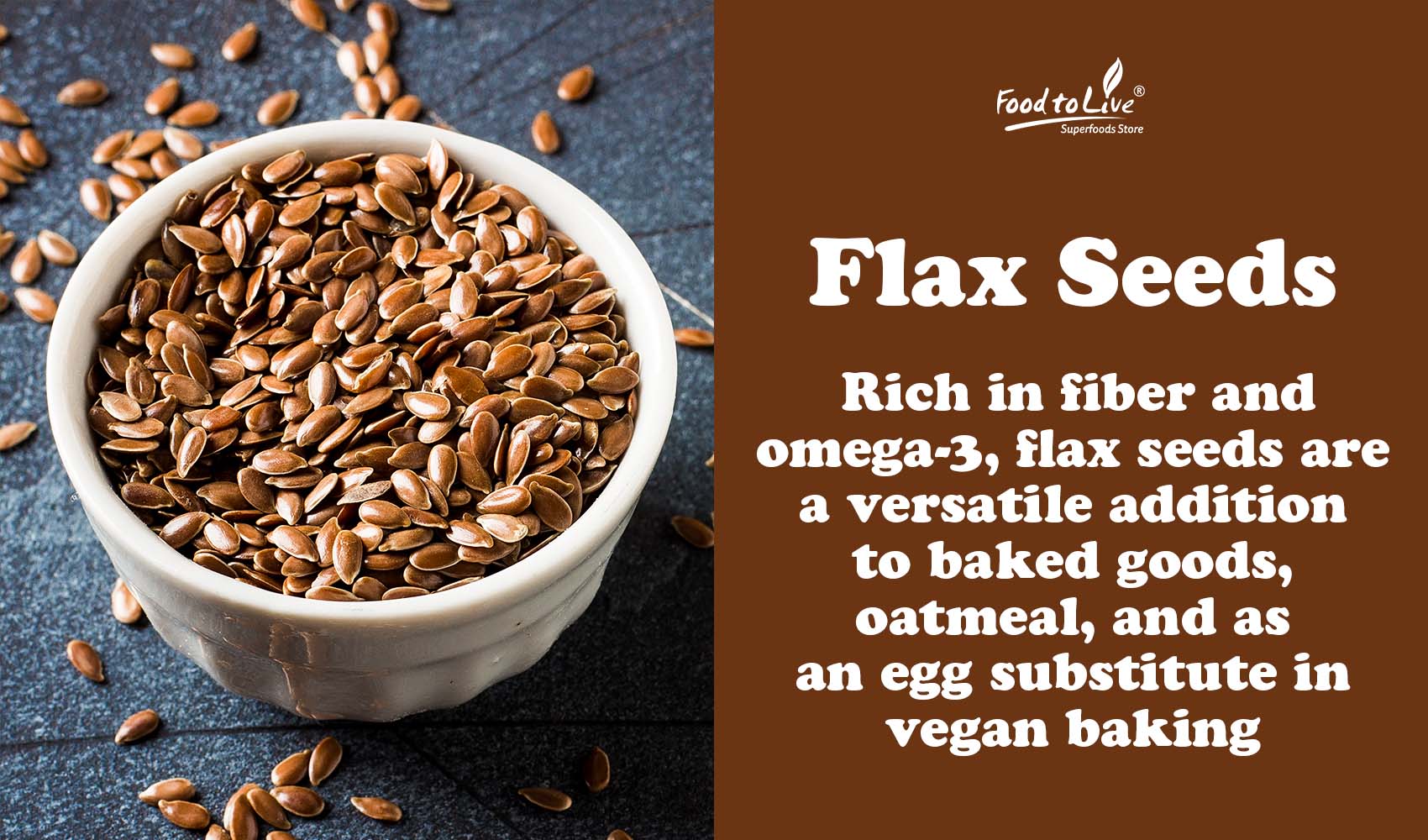
- Turmeric Powder: Known for its anti-inflammatory properties, turmeric can be used as a spice to add flavor and health benefits to various dishes, from curries to soups.
- Cacao Powder: Packed with antioxidants, cacao powder is a healthier alternative to cocoa. Use it in smoothies, baking, or to make a guilt-free hot chocolate.
- Goji Berries: These nutrient-dense berries are high in vitamins and antioxidants. Sprinkle them on yogurt, oatmeal, or blend them into smoothies.
- Spirulina Powder: A protein-rich algae, spirulina is a fantastic addition to smoothies, giving them a vibrant green color and a nutritional punch.
- Hemp Seeds: Rich in plant-based protein and omega-3 fatty acids, hemp seeds can be sprinkled on salads, yogurt, or added to your morning cereal.
- Amaranth: This ancient whole grain is gluten-free and high in protein and fiber. Cook it as a side dish or use it in baked goods and breakfast porridge.
Easy Superfood Recipes to Get You Started
- Wheat Berry Salad
- Chocolate Amaranth Pudding
- Immune-Boosting Sea Buckthorn Shots
- Dark Chocolate Bark

- Super Green Smoothie Bowl
- Multi-Grain Nut & Seed Bread
- Chickpea Rice Veggie Bowl
- Chai-Infused Muffins with Oat & Quinoa Flour
By incorporating superfoods into your everyday meals, you can embark on a journey towards improved health and vitality. The versatility and accessibility of these nutrient-rich foods make it easier than ever to elevate the nutritional content of your diet. Whether you’re enjoying a vibrant smoothie, a nourishing salad, or a satisfying bowl, superfoods are your go-to allies in creating a well-rounded and healthful culinary experience.

